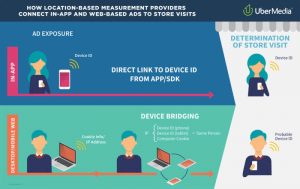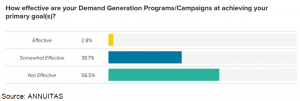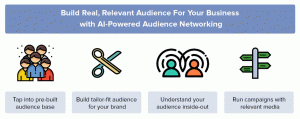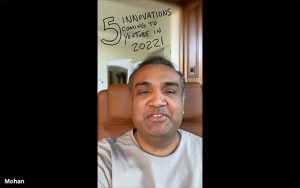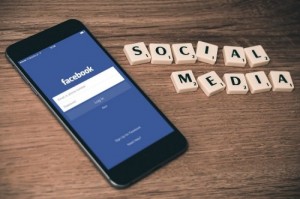How many times have you or someone you know replied to a post on Facebook with, “I wish there could be a LOVE button for this!” Or maybe, when you read about something sad that’s happened to a friend or you want to react to the latest in political drama, you might say, “Where’s the dislike button??”
Well, it may have taken Facebook awhile, but it has finally gotten around to offering those buttons. Er, sort of.
The new Facebook emotion buttons include a handful of responses besides the typical “like.” There’s definitely a “love” button in the form of a heart, but there’s no real “dislike” button. Instead, you can choose from four other emoticons that are meant to say “haha,” “wow,” “sad” or “angry.”
Since the new reaction buttons were introduced the last week of February, there has already been widespread adoption on both mobile and desktop, and there has been a lot of chatter about whether Facebook chose wisely and what other reaction options we need.
Facebook has been busy introducing a lot of new features, and we’re sure this isn’t the end of the options we’ll see. We may need to see how the dust settles on this new feature, but here are a few ways that reaction buttons may impact your marketing strategy:
Gain Audience Insights
A “like” doesn’t tell you much. But if your content is getting a lot of “love” or “haha,” you can understand a little more.
Maybe you are sharing a post about a new product. A lot of “love” reactions tells you that your audience feels pretty good about your new offering. A lot of “wow” reactions might tell you the same, or the “wow” could be the same kind of “wow” that everyone felt when Stacey Dash came onstage at the Oscars. No bueno.
Even if you continue to get the same old likes, that tells you that the reaction may be a bit tepid.
Whatever you are sharing, it’s important that you pay attention to how the reactions are distributing so that you can make better decisions about your content, your publishing schedule, or even your company offerings.
Increase Engagement
Imagine if you participated in a conversation in which you were only allowed to respond with a “yes” or nothing at all. You probably wouldn’t feel very engaged in that conversation, would you?
The “like” button was similarly limiting. With the reaction buttons, your audience has more opportunity to express themselves to you and to others on your page. These buttons give them a chance to make their voice heard.
Sure, the comments section has always offered that opportunity, but not everyone feels roused enough to leave a comment. Clicking a button is a passive way to respond, but the new reaction options draw users in just a bit more. It’s a small step toward a larger goal.
Create Informal Surveys
Instead of asking your audience to “like if you agree” or “share if you don’t” or some variation thereof, you can create more options for informal surveys.
For example, if you are considering offering neon teal as a color option for the yoga pants you sell, you might ask customers to respond with a reaction button. Lots of “loves” and you know you’re on the right track.
Set up multiple posts like this to gauge the way your audience is feeling about potential changes or to get their feedback on things they would like to see.
Get More Analytics
Facebook has not yet introduced detailed analytics for the reaction buttons, but with the way the site has expanded on the data it offers pages, we’re sure that the information is not far off.
Right now, when you look in your dashboard, the only thing that has changed is you see information on “reactions” instead of “likes.” Yet you don’t get a breakdown of how those reactions are distributed. You just see how many total reactions you got.
While you can get a feel for how your reactions are shaking out with an informal glance at your posts, it is important to get this more detailed analytics data to make more strategic decisions.
With the right analytics data, you’ll be able to get a better understanding of what kinds of posts get “loves” and what kinds of posts make people say “wow.” You may even be able to determine how reactions change depending on what time or day content is shared or what form it takes, such as a photo or a video.
You can never have too much information when it comes to making your marketing decisions. We’re confident that once Facebook sees that the reaction buttons are here to stay, it will begin rolling out the analytic information.
Who knows? We may even see the addition of new reaction buttons as the current options become more popular. Whatever happens, it is important that you stay aware of these changes and develop proactive ways to use them to your advantage in your marketing strategy.
Digital & Social Articles on Business 2 Community(41)
Report Post
